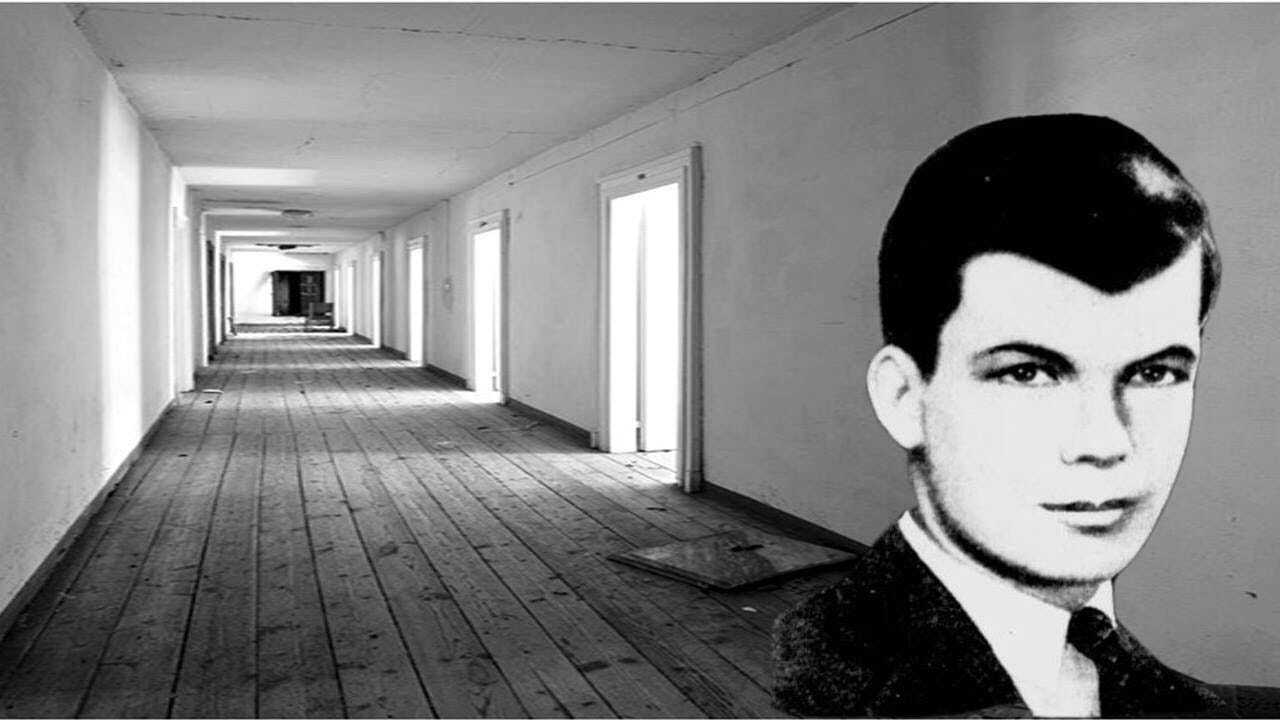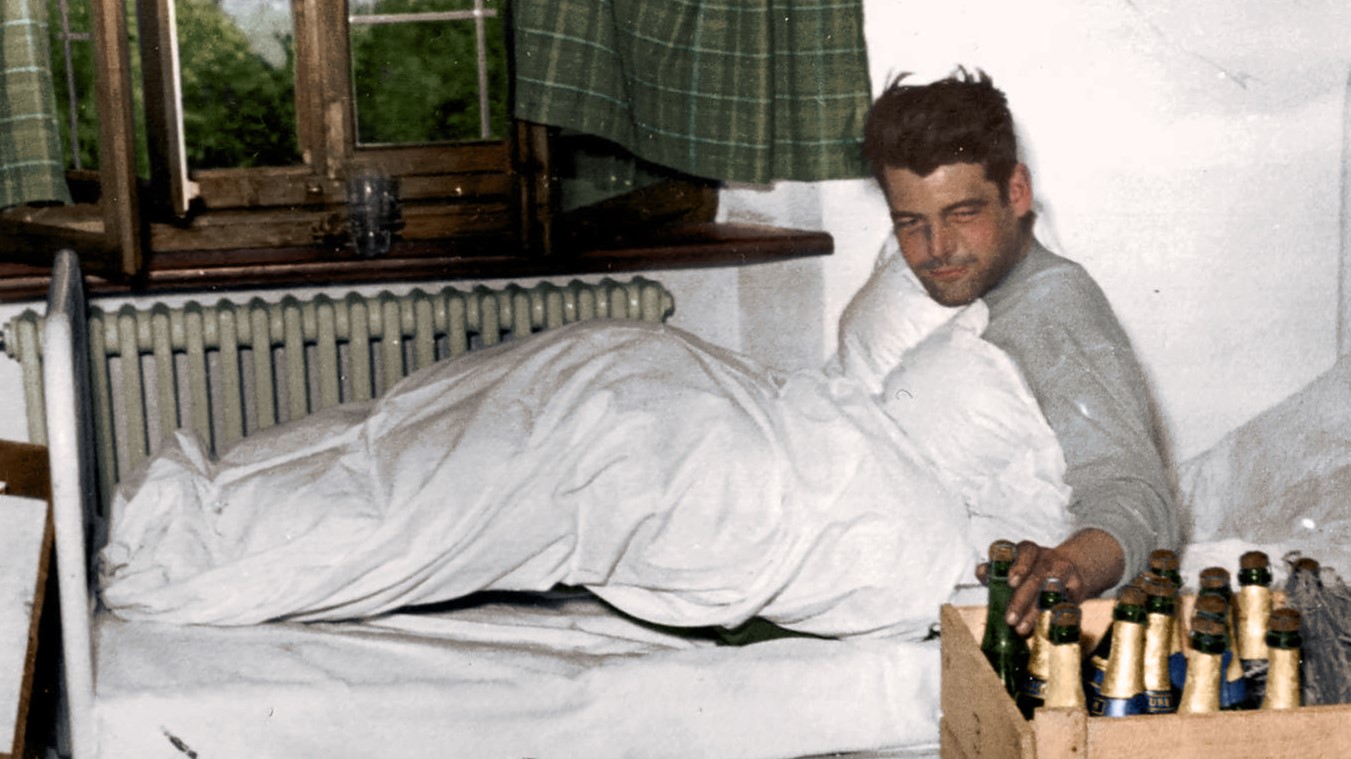
Who was Roland T. Owen, and why does his story remain one of the most perplexing unsolved mysteries of the 20th century? On January 2, 1935, a man checked into Kansas City's Hotel President under the name Roland T. Owen. He carried no luggage, paid in cash, and requested an interior room on a high floor. The following day, hotel staff found him brutally injured in Room 1046. Despite extensive investigations, Owen's true identity and the circumstances of his death remain shrouded in mystery. His case, filled with strange details like missing clothes, a cryptic note, and untraceable fingerprints, continues to baffle true crime enthusiasts and investigators alike.
The Mysterious Check-In
The story of Roland T. Owen begins with a puzzling check-in at the Hotel President in Kansas City. His actions and behavior set the stage for one of the most baffling unsolved murders of the 20th century.
- On January 2, 1935, a man checked into the Hotel President under the name "Roland T. Owen" at 1:20 p.m.
- He requested an interior room on a high floor, specifically Room 1046 on the 10th floor.
- The man was described as a tall, "husky" young man with a cauliflower ear and a large scar above his left eyebrow.
- He carried no luggage except for a comb, brush, and toothpaste, which he took out of his coat pocket and placed in the bathroom.
- He paid for his room in cash, which was unusual for the time period. The room rate was $5 per night, a high price that he claimed was too expensive at another hotel.
Odd Behavior and Interactions
Owen's behavior during his stay was peculiar and raised many questions. His interactions with the hotel staff were strange and added to the mystery.
- The hotel staff noted that Owen seemed nervous and anxious during his stay.
- He kept the room in low light, with all the blinds drawn except for a small lamp on the bedside table.
- When the maid, Mary Soptic, entered his room to clean, Owen was sitting in the dark, looking nervous. He asked her to leave the door unlocked as he was expecting company, which he never received.
- A note on the desk read: “Don, I will be back in fifteen minutes. Wait.” This note added to the mystery of his intentions and identity.
The Gruesome Discovery
The events leading to the discovery of Owen's body were as mysterious as his stay. The condition of the room and his injuries left investigators baffled.
- On January 3, 1935, the hotel staff received a call from Room 1046 reporting an injured man.
- When they arrived, they found Owen lying on the bed, naked, with multiple injuries, including bruises, cuts, and a fractured skull.
- The room was in disarray, with broken glass and furniture scattered everywhere.
- The only items left in the room were two empty water glasses, an unlit cigarette, a hairpin, a safety pin, and a bottle of diluted sulfuric acid.
The Investigation Begins
The police investigation revealed more questions than answers. Owen's identity and the circumstances of his death became a complex puzzle.
- The police investigation revealed that Owen's fingerprints were sent to the Justice Department's Bureau of Investigation (later the FBI) to find a possible match in their collection. However, no record of a Roland T. Owen existed in the United States.
- The police were unsure if the man in the hospital was actually named Roland T. Owen. They contacted the Los Angeles Police Department (LAPD) to notify next of kin, but there was no record of anyone under that name living in Los Angeles at the time.
- All of Owen's clothes were missing from the room, including his coat, shirt, pants, socks, and shoes. This raised questions about his identity and the events leading up to his death.
- Several hotel guests reported hearing screams and strange noises coming from Room 1046, but when they complained to the hotel staff, they were told that the room was unoccupied.
- The address Owen provided was a vacant lot, further indicating that his identity was false.
Witnesses and Testimonies
Various testimonies from hotel staff and other witnesses provided more pieces to the puzzle but no clear answers.
- The maid, Mary Soptic, described Owen as nervous and afraid. She noticed that he had the shades drawn and only one dim lamp on, which remained consistent throughout her encounters with him.
- Randolph Propst, the bellhop who accompanied Owen to his room, noticed that Owen only brought a brush, comb, and toothpaste. He also observed that Owen seemed anxious and was only unpacking the minimal items he had.
- A man named Robert Lane claimed to have given Owen a ride to a taxi on the night of January 3, 1935. However, he did not ask for Owen's name or any other information and never saw him again.
- The police interviewed numerous guests and staff members but found no leads. They also checked the hotel register and found that Owen had listed Los Angeles as his hometown, which was later found to be false.
- The police found four fingerprints on one of the empty water glasses in the sink. These fingerprints were possibly belonging to a woman, adding another layer of mystery to the case.
The Identity Crisis
Owen's true identity remained a mystery until a surprising revelation connected him to a missing person case.
- Owen was taken to the hospital where he refused to give his real name or any information about himself. His injuries were so severe that he died the following day, January 4, 1935.
- Owen was buried in a pauper’s grave, and his true identity was never discovered. His body was later identified as Artemus Ogletree, a 17-year-old boy from Birmingham, Alabama, who had been missing since April 1934.
- Artemus Ogletree had been traveling under multiple false names. He had sent his mother, Ruby Ogletree, three typewritten letters from different locations, claiming he was seeing the country. The last letter mentioned he was sailing for Europe, which raised suspicions about its authenticity.
- A woman named Eleanor Ogletree recognized the photo of the dead man as her missing brother Artemus. She had been suspicious of the letters he sent, as he did not know how to type.
The Unsolved Mystery
Despite numerous leads and extensive investigations, the case of Roland T. Owen remains unsolved. Theories and speculations continue to surround this enigmatic case.
- Despite numerous leads and sightings, the police were unable to identify the killer or the circumstances surrounding Owen's death. The case drifted into obscurity until late 1936 when Eleanor Ogletree learned about the account of the murder in an American Weekly magazine.
- The public was heavily involved in trying to identify the man. Members of the public went to the local funeral home where Owen’s body was laid out, hoping to recognize him. This effort led to several sightings and tips but ultimately did not solve the case.
- The case received extensive media coverage, with newspapers and radio stations across the country reporting on it. This coverage led to more leads and sightings, but none of them panned out.
- The FBI was involved in the investigation, but they were unable to find any matches for Owen’s fingerprints in their collection. This further reinforced the theory that Owen was not who he claimed to be.
- The hotel staff remembered Owen as a polite and well-dressed man. However, his behavior was described as odd, and he seemed to be in a state of constant anxiety.
- The room where Owen was found dead became infamous. It was described as a brutal bloodbath with walls and ceiling covered in blood. The room was virtually empty except for a few items like soap, shampoo, and towels, which were all missing.
- Over the years, numerous theories have emerged about Owen’s identity and the circumstances of his death. Some speculate that he was a victim of organized crime, while others believe he was a victim of a sadistic killer who has never been caught.
- To this day, the identity of the killer and the true circumstances of Roland T. Owen’s death remain a mystery. The case continues to be a subject of fascination and speculation, with many believing that the truth may never be fully revealed.
The Enduring Mystery of Roland T. Owen
Roland T. Owen's case remains one of the most perplexing unsolved murders of the 20th century. Found brutally attacked in Room 1046 of the Hotel President, his true identity and the circumstances of his death continue to baffle investigators and true crime enthusiasts alike. Despite extensive investigations, including FBI involvement, and numerous leads, the mystery of who killed Owen and why remains unsolved. Identified posthumously as Artemus Ogletree, a 17-year-old from Alabama, the case took on even more layers of intrigue. Theories range from organized crime to a sadistic killer, but none have been proven. This enduring enigma keeps the story alive, captivating those who seek to uncover the truth behind the man known as Roland T. Owen. The unanswered questions ensure that this case will continue to fascinate for years to come.
Was this page helpful?
Our commitment to delivering trustworthy and engaging content is at the heart of what we do. Each fact on our site is contributed by real users like you, bringing a wealth of diverse insights and information. To ensure the highest standards of accuracy and reliability, our dedicated editors meticulously review each submission. This process guarantees that the facts we share are not only fascinating but also credible. Trust in our commitment to quality and authenticity as you explore and learn with us.


